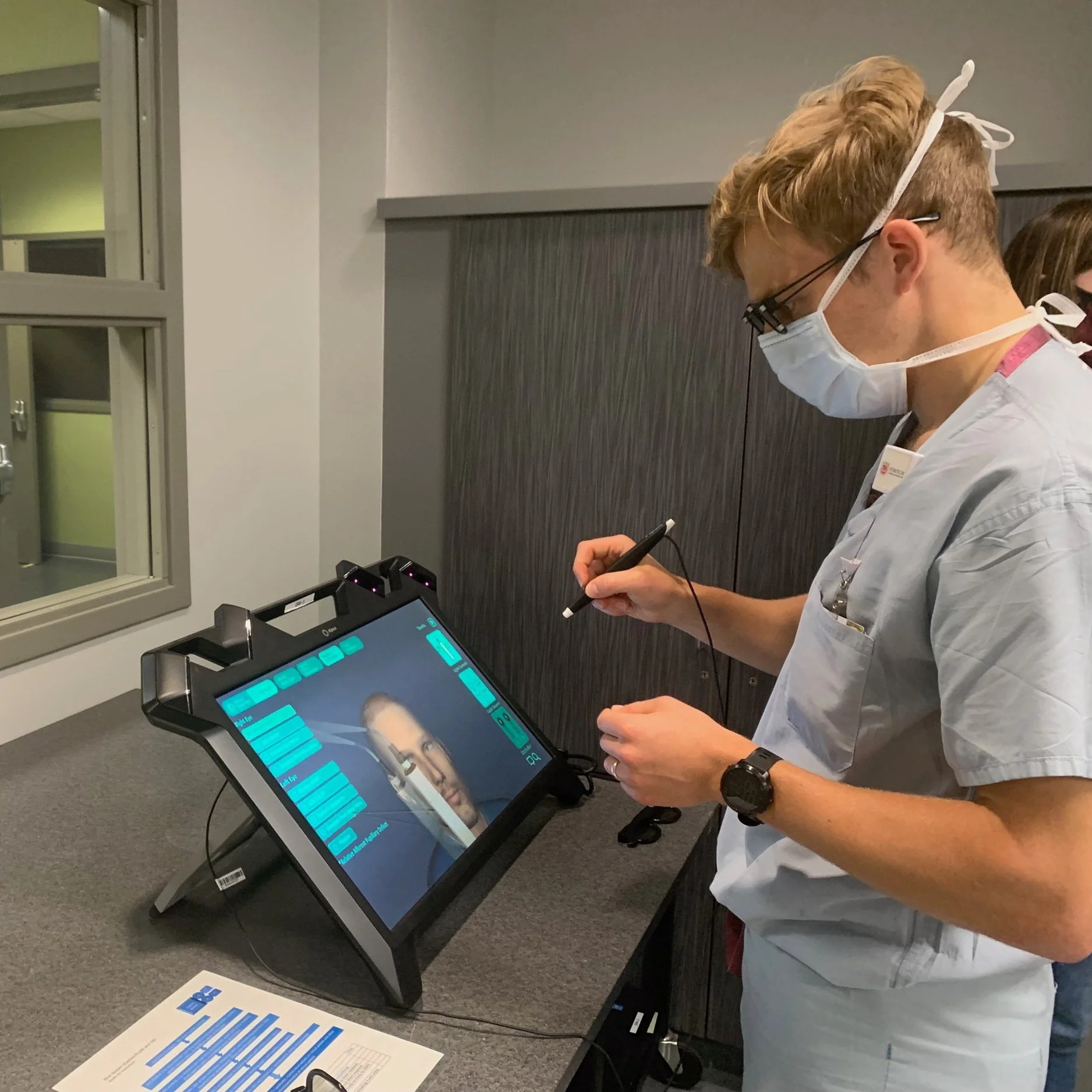Loyola University
At Loyola, our virtual reality technology has been used at multiple levels of medical education since 2013, including:
Second Year Medical Student Education (PCM2)
Internal Medicine Resident Education
Emergency Medicine Resident Education
Neurology Resident Education
Ophthalmology Resident Education
Texas Christian University
In September 2023, OcuSim was used to teach medical students at Texas Christian University’s Burnett School of Medicine, led by Adam Jennings, DO and Anu Khanna, MD.
University of California at San Diego (UCSD)
In August 2024, led by M4 medical student Sarah Tajran and Dr. Jeffrey Lee, a virtual reality education session was conducted for ophthalmology residents.
What Learners are Saying
"I felt that this form of simulation was an invaluable complement to our usual lectures and readings. In fact, there were a few things about the eye (notably extraocular muscles) that I have been taught several times but never really grasped until I saw it on the simulator. I think everyone’s education would benefit from simulations like these, as they give us an opportunity to get a glimpse of hands-on work with things that up to this point we’ve only seen in stationary pictures and textbook cartoons."
Anonymous Student, Loyola University Stritch School of Medicine
"It’s a fascinating way to see the eye. It’s really difficult because it is such a small structure, and as a student, it is hard to know the right ways to look at things, so it’s really cool that we have this as an opportunity to see things that we usually can’t see. I wish we had more access to simulators for just basic anatomy and physiology for first and second year, and in clinical years, especially for a surgical rotation, I think it would be super helpful in preparation to go watch a surgery to understand the surgeries and what structures they’re going to be dealing with."
Anonymous Student, Chicago Medical School


